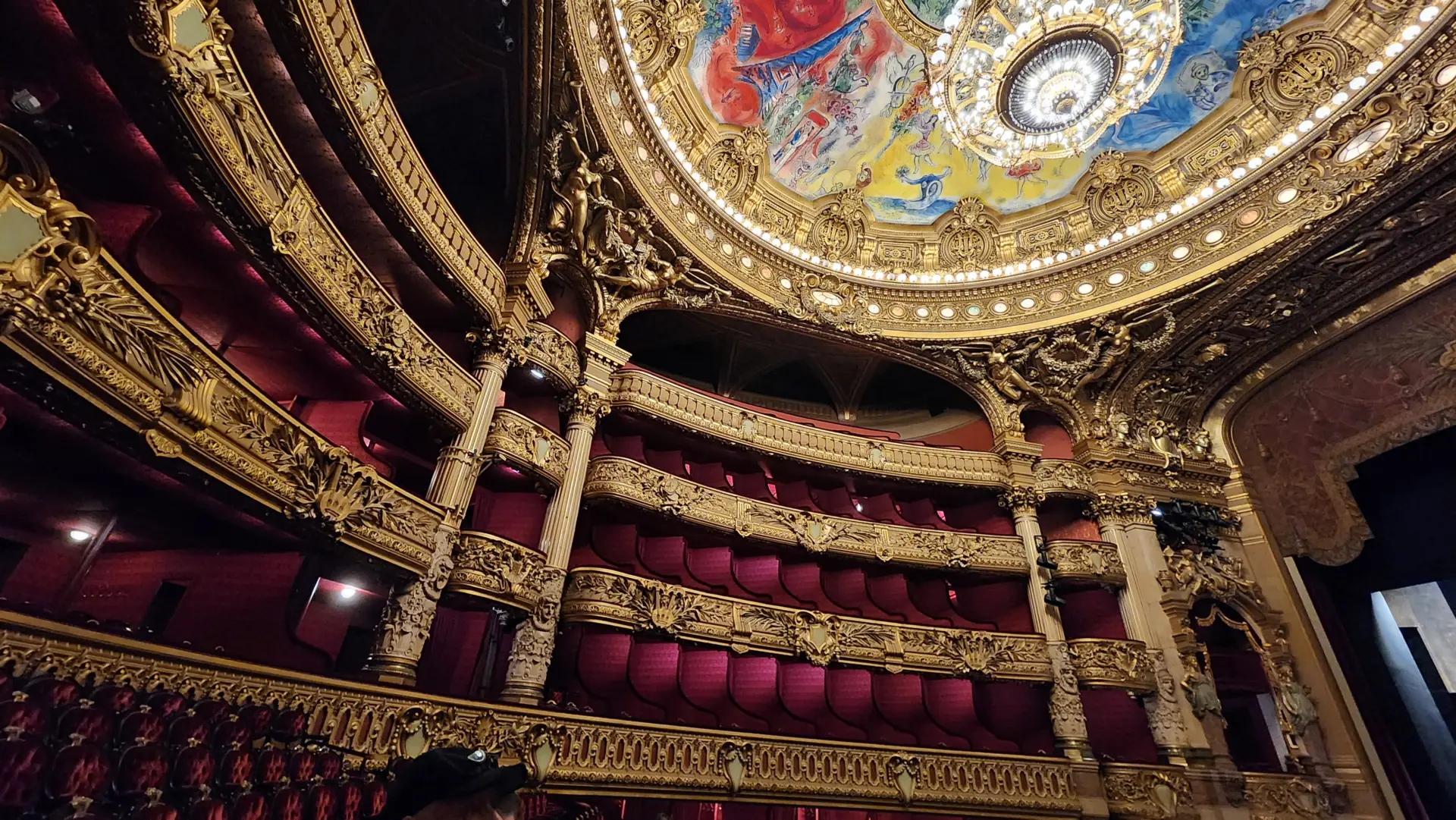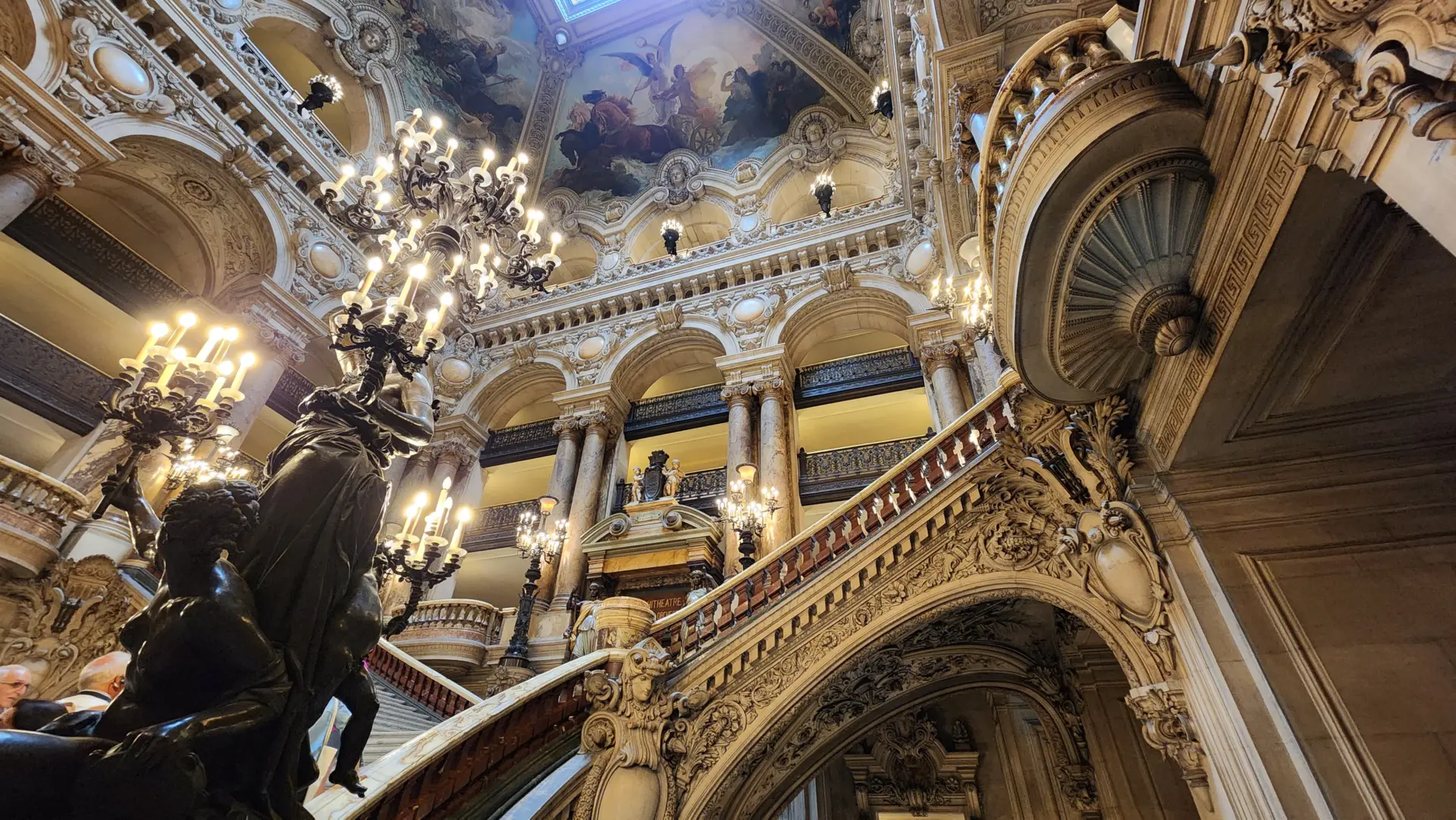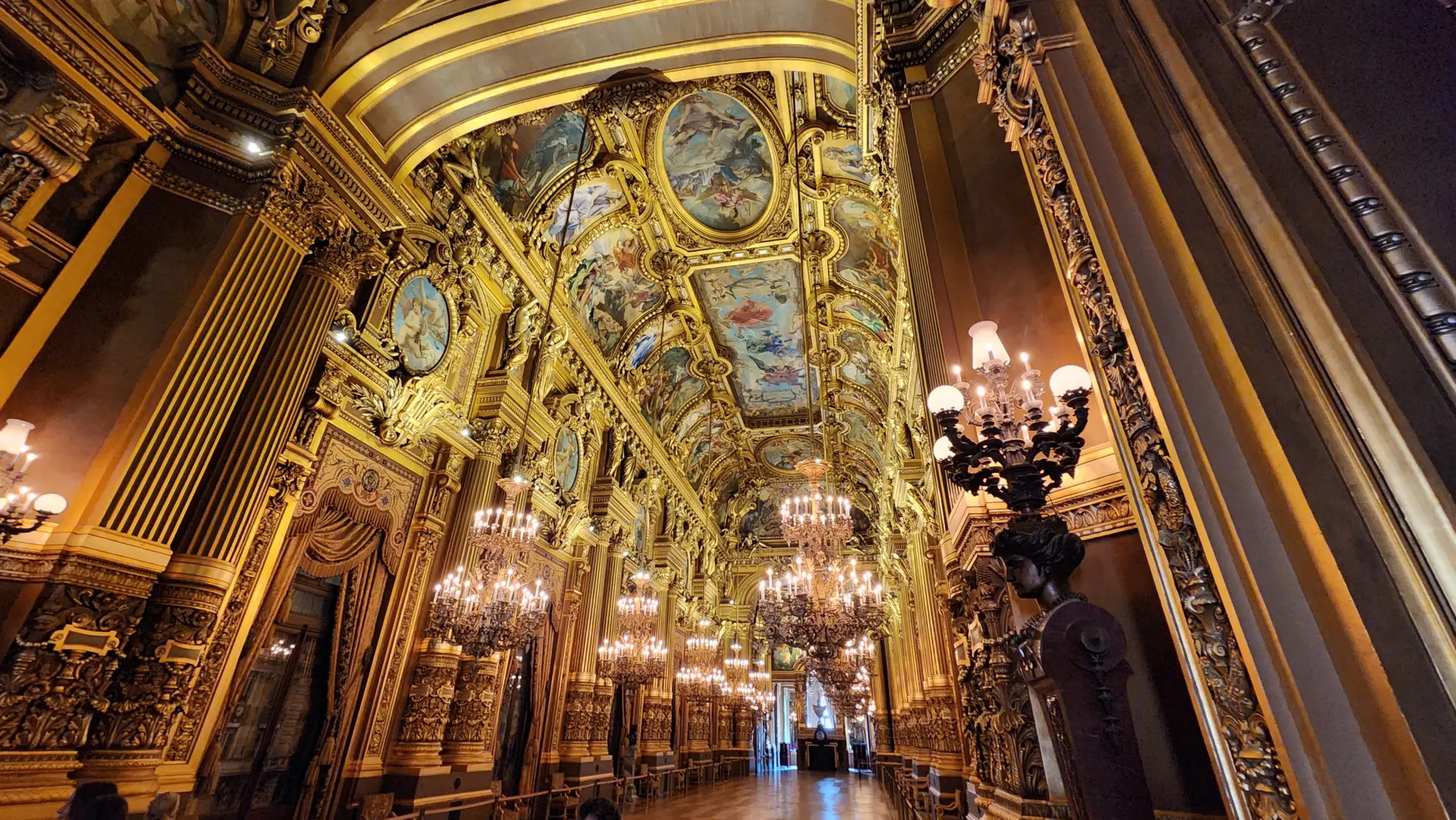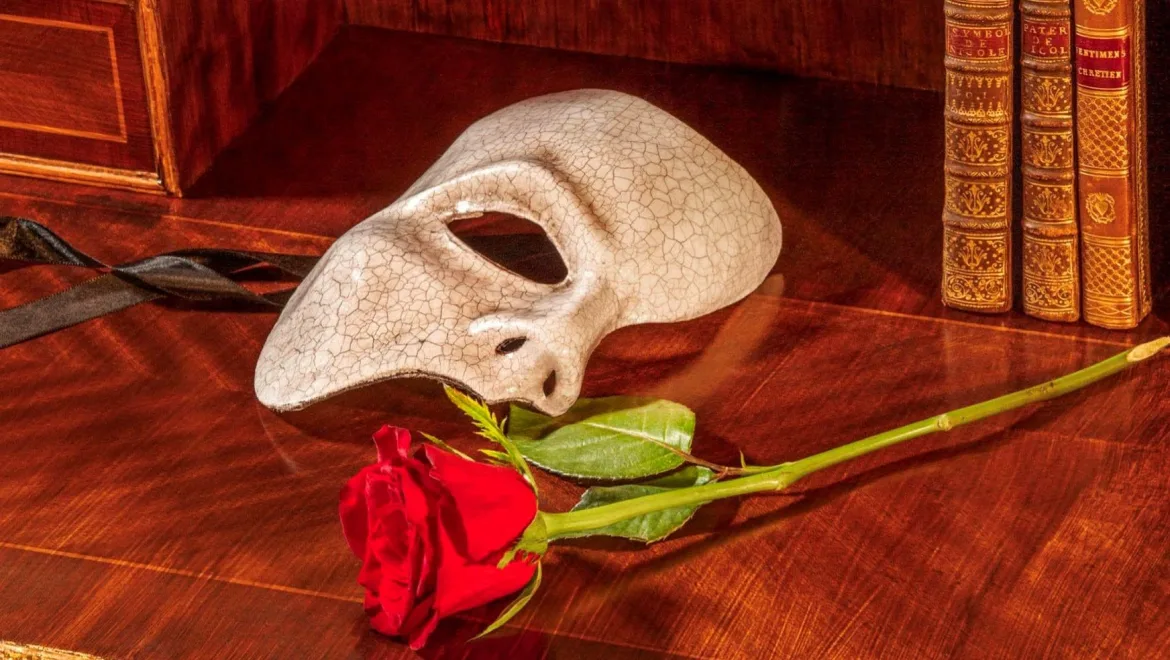Hello, my lovely adventurers! Today, I’m taking you into the enchanting, mysterious world of The Phantom of the Opera, where fiction meets reality at none other than the stunning Palais Garnier in Paris. If you’re like me—a lover of both travel and stories—there’s something absolutely magical about visiting a place that inspired one of the most famous novels and stage productions in the world. Yes, the Palais Garnier isn’t just a beautiful opera house; it’s also the setting for Gaston Leroux’s spine-tingling tale of the Phantom of the Opera!
The Phantom’s Connection to the Palais Garnier
The connection between the Palais Garnier and The Phantom of the Opera dates back to the early 20th century when Gaston Leroux published his now-legendary novel in 1910. Leroux was captivated by the mystery and grandeur of the opera house, which became the perfect backdrop for his story about a disfigured musical genius haunting the labyrinthine depths of the Palais Garnier, influencing its performers and audience alike.

One of the most intriguing aspects of the Palais Garnier is that it’s shrouded in real-life mystery, just like Leroux’s novel. For instance, the underground lake mentioned in the book? It’s real! Beneath the grand opera house is a water-filled reservoir that helps regulate the building’s humidity. While it’s not the eerie lair seen in the book or musical, the existence of this underground water adds a touch of real-life intrigue to the Phantom’s story.
Did the Phantom Really Exist?
Now, the million-dollar question—did the Phantom of the Opera actually exist? While Leroux’s novel is fiction, it was inspired by real events. Mysterious accidents and strange occurrences did indeed happen at the Palais Garnier, sparking rumors that the opera house was cursed. Leroux was also inspired by a tragic real-life event in 1896, when a chandelier in the auditorium fell, killing a patron. This incident became one of the novel’s most pivotal scenes, adding an eerie element to an already dramatic setting.
Leroux skillfully combined these real-life elements—the underground lake, the falling chandelier, and the opera’s mysterious atmosphere—into his haunting tale of the Phantom. And while no evidence proves the existence of a disfigured man living beneath the opera house, the legend continues to captivate audiences around the world.
Palais Garnier: A Stage for the Phantom
Walking through the Palais Garnier today, it’s easy to imagine the Phantom lurking behind a curtain or in the shadows of its ornate balconies. The Grand Staircase, with its marble steps and golden details, sets the perfect scene for the glamour and mystery that fills the pages of Leroux’s novel. The auditorium, with its opulent red velvet seats and massive chandelier, perfectly evokes the atmosphere fans of the Phantom have come to know and love. And let’s not forget the dramatic Grand Foyer, which could easily serve as a backdrop for one of the Phantom’s secret appearances.


The Palais Garnier has become almost as much a character in the Phantom’s story as the Phantom himself, with its richly detailed architecture playing a central role in the novel’s gothic atmosphere. It’s no wonder this tale became one of the world’s most beloved musicals, performed in cities like Paris, London, and New York.
The Phantom Lives On
The tale of the Phantom of the Opera has transcended time, captivating audiences for over a century. While the Phantom himself may be a figure of fiction, his haunting presence continues to linger in the minds of those who have read the book, watched the musical, or visited the Palais Garnier. The legend of a tortured musical genius living beneath the opera house, shaping its fate from the shadows, is a story that still resonates today.
What makes the Phantom’s tale so enduring is its blend of romance, mystery, and tragedy. His unrequited love, his genius hidden beneath a mask, and his haunting music remind us of the complexities of human emotion. Even though he never truly existed, the Phantom’s spirit seems woven into the very fabric of this opera house and the world of music itself. Whether you are a fan of the musical or simply intrigued by the myth, the story of the Phantom invites us to embrace the beauty of the unknown, the allure of secrets, and the timeless magic of storytelling.
For me, experiencing the Palais Garnier through the lens of the Phantom’s tale was both thrilling and evocative. Walking the same halls, I felt like I was transported into his world—where fantasy and reality blur, and music becomes the language of the soul. If you ever find yourself enchanted by this story, keep the Phantom in your heart, for he lives on in the music, the legend, and the very soul of this timeless narrative.
Until next time, stay bubbly and keep exploring the mysteries that inspire you! ✨🎭
Xoxo,
Bubbly🎈

